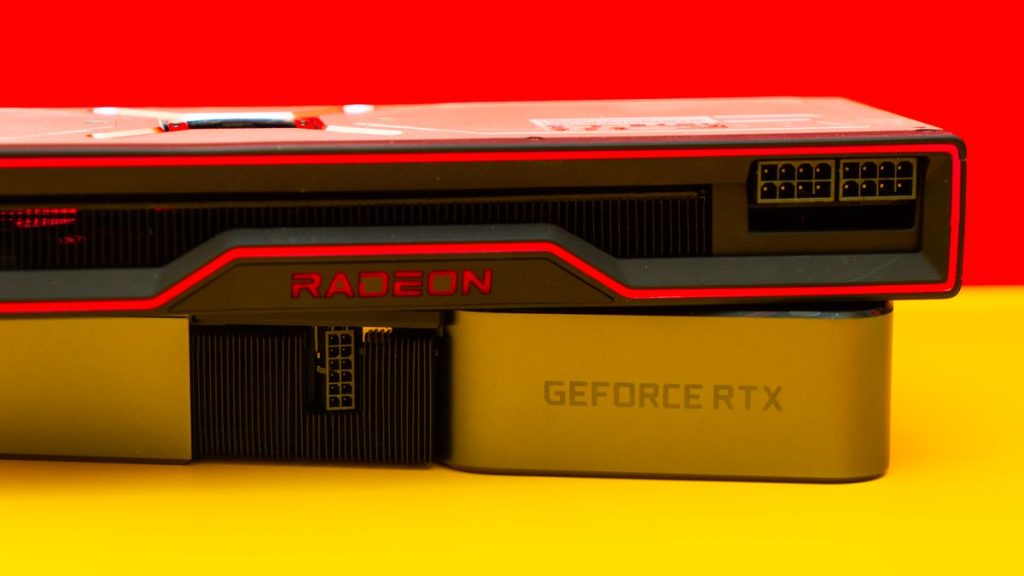When it comes to choosing a graphics card, there are various factors to consider, such as the manufacturer, GPU chip, video memory, clock speeds, and power requirements. The top GPUs on the market cater to a range of needs and budgets, from entry-level gaming to high-end pro graphics work. The Nvidia GeForce GT 1030 is a budget-friendly option for those looking to upgrade from integrated graphics, offering entry-level gaming and photo editing capabilities for around $110 at Walmart.
For a slightly higher price range of $180 at Amazon, the Nvidia GeForce RTX 3050 presents a good balance of performance for 720p and 1080p gaming. This GPU is suited for basic photo editing as well, though a high-core-count CPU remains essential for optimal performance in such tasks. Moving up the price ladder, the AMD Radeon RX 6700 XT at $419 provides a top choice for 1080p gaming and midrange photo editing, offering a more robust solution within the $300-$500 range.
For those seeking more power within the $350-$600 bracket, the Nvidia GeForce RTX 3060 at $334 offers a significant upgrade for low-power systems. This GPU is capable of delivering strong performance for gaming and creative work, making it a versatile choice for various applications. Approaching the $500-$700 range, the Nvidia GeForce RTX 4070 at $560 is positioned as a top option for 1440p gaming, high-quality 1080p visuals, and entry-level video editing.
As the price continues to climb, the AMD Radeon RX 7900 XT at $700 stands out for entry-level 4K gaming and good 1440p performance, along with compute-intensive pro graphics work. For those looking for even more power in the $700-$950 range, the Nvidia GeForce RTX 4070 Ti at $730 offers good 4K gaming capabilities, pro-level video editing, and 3D graphics performance. Finally, the Nvidia GeForce RTX 4090 at $1,800 is positioned as the fastest overall GPU in the market, catering to high-res gaming, video editing, and streaming needs.
It’s important to note that GPU selection should be tailored to individual system configurations, as compatibility issues can lead to system crashes and other problems. Conducting thorough research based on specific needs and requirements is crucial before making a purchasing decision. Additionally, factors such as power supply output, CPU compatibility, and application optimization for specific GPUs should be taken into consideration. By understanding the capabilities and limitations of different graphics cards, consumers can make informed choices that best suit their intended use cases.


